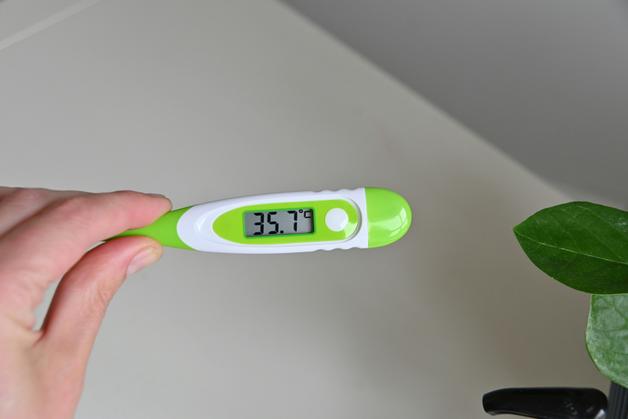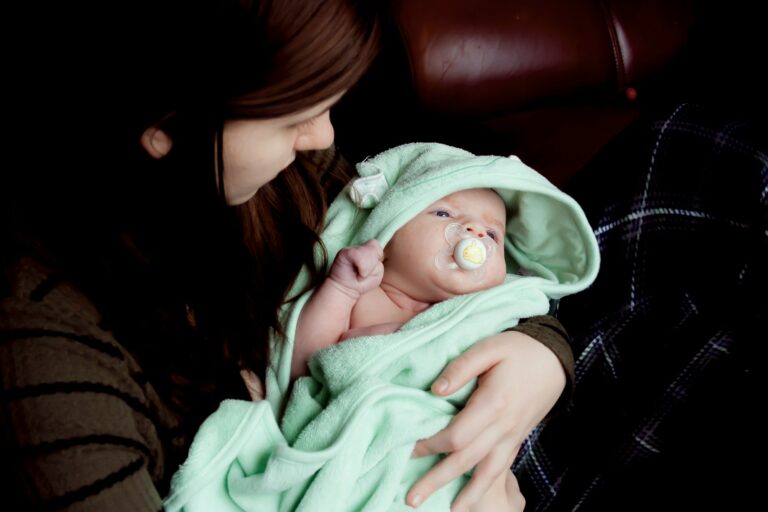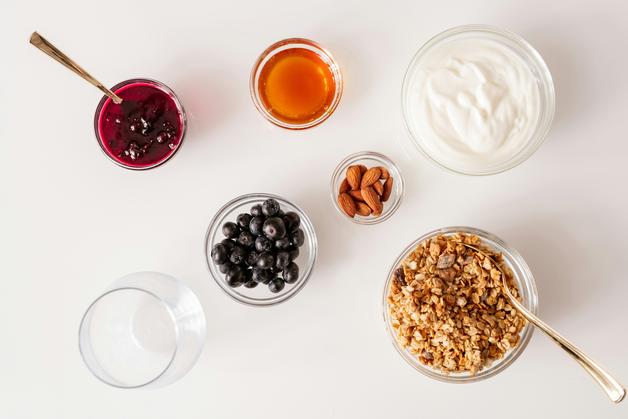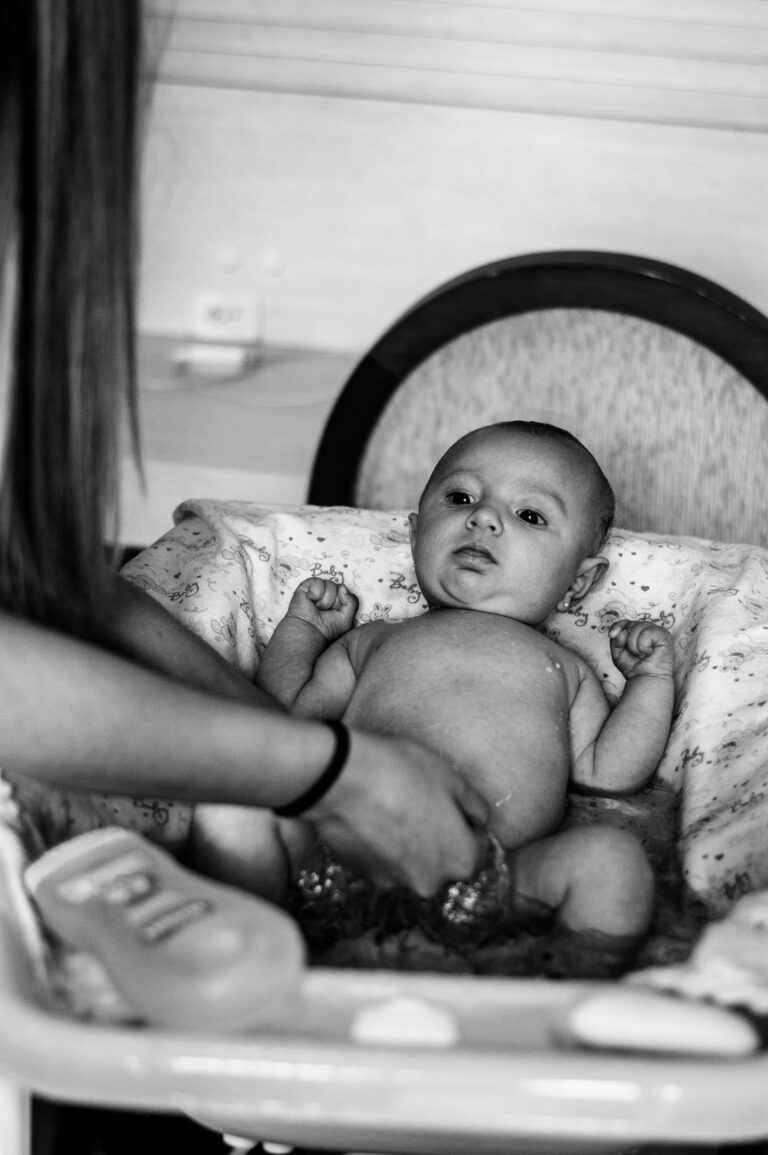For many parents, encountering cradle cap on their baby’s soft scalp can trigger a surge of uncertainty. Those unfamiliar, perhaps catching sight of those yellowish or white scales for the first time, might immediately wonder: “Is this a sign that something’s wrong?” or “Could it be uncomfortable or infectious?” The sight of seborrheic dermatitis of infancy, with its greasy appearance and persistent scales, can be unsettling, even though most medical experts agree it is generally harmless. So why does it happen, can it be prevented, and what does the best care look like from a medical perspective? Let’s unpack the mechanics, the day-to-day strategies, and the most current scientific insights—always mindful that each baby, and each parenting journey, is unique.
What Is Cradle Cap? Exploring the Condition and Its Origins
Cradle cap—known medically as infantile seborrheic dermatitis—stands as one of the most common skin changes in babies aged between a few weeks to roughly two years. Yellowish or white, flaky or thick, these scaly patches make their appearance along the scalp (and sometimes the eyebrows or behind the ears), yet lack the inflammation or discomfort typical of more severe dermatological issues like eczema.
Curious about what triggers this condition? The origins of cradle cap are both fascinating and multifactorial:
- Sebaceous (oil) gland hyperactivity is central. Under the influence of residual maternal hormones circulating after birth, babies’ scalp oil glands work overtime.
- This oil, or sebum, traps dead skin cells, creating a build-up visible to the naked eye.
- Overlaying this, scientists point to the Malassezia yeast—a naturally occurring microorganism that flourishes in oily environments, sometimes stirring up mild inflammation and blockages.
- Some infants may have a genetic predisposition; family history frequently ties in.
- Environmental triggers, while secondary, might provoke individual flare-ups, but hygiene is not to blame—scrupulous or otherwise.
Parents often ask whether cradle cap is a sign of poor care or an infection. Rest assured: it is neither contagious nor the result of suboptimal cleaning. At its core, cradle cap reflects biology, not parenting shortfalls.
Recognizing Cradle Cap: Clinical Signs, Symptoms, and When to Worry
Picture a patchwork of thick, greasy scales—the descriptive terms “milk crust” or “honeycomb disease” fit for a reason. Key features include:
- Greasy, yellowish-white crusts on the scalp
- Flaky, loosely attached skin that may sometimes extend to the eyebrows or behind the ears
- Mild erythema (redness) possibly underneath
- In lighter skin, pink or red patches; in darker skin, the area may become lighter or darker than the surrounding scalp
- In rare cases, irritation or, following scratching, secondary infection
Is cradle cap ever itchy or painful for babies? Far less than you might suppose—most infants remain blissfully unaware, showing no distress. If your baby displays discomfort, irritability, or if the affected area is rapidly spreading, those are situations warranting closer medical attention.
Lifespan and Resolution: How Long Does Cradle Cap Last?
The course of cradle cap is, for most, refreshingly benign. Coming on within the early weeks, these scaly patches can linger for months, occasionally resurfacing up until the second birthday. The natural evolution is spontaneous resolution: over weeks or a few months, the greasy plaques fade away, leaving healthy skin underneath. For families finding the scales persistent or bothersome, regular, gentle care can help—but time remains the most powerful ally.
How to Remove Cradle Cap Safely and Effectively
Parents often grapple with a key question: can—or should—cradle cap be removed? Medical consensus underscores that removal is not mandatory, but certain routines can optimize scalp health and improve appearance.
Stepwise Measures Parents Can Take
- Vaseline or petroleum jelly: Softens scales—apply lightly, ideally two hours before a bath, and massage gently.
- Mild, fragrance-free baby shampoo: Wash the scalp thoroughly, ensuring no residue is left behind.
- Soft-bristled brush: After cleansing, use a dedicated baby scalp brush to gently dislodge scales—never pick or forcibly pull.
- Repeat brushing several times per day for maximal benefit, cleansing the brush daily to reduce buildup.
Noticing transient hair loss? Don’t fret—this is both common and reversible. New hair typically regrows as the skin heals.
Natural Remedies and Their Roles
Interest in home-based remedies continues to grow. Clinicians remain broadly supportive, provided these options are:
- Mild and hypoallergenic
- Patch-tested on a small, unaffected skin area
- Avoided entirely if baby has known allergies
Common strategies include:
- Breast milk: Its immune-boosting and hydrating qualities make it a favorite among families.
- Chamomile hydrosol for calming irritation and calendula cream for moisture.
- Liniment—a mix of olive oil and limewater—traditional yet effective for gentle scale lifting.
- Vegetable oils such as almond, olive, or coconut for dissolving and loosening crusts (always brush gently after use).
- Shea butter for its hydrating, nourishing qualities.
- Diluted apple cider vinegar, applied and rinsed swiftly, may alter the scalp’s pH to discourage excessive oiliness.
Crucially, parents should avoid medicated, adult, or harsh shampoos. Picking and scraping the scales are discouraged, to minimize micro-injury and infection risk.
Prevention Tactics: Can Cradle Cap Be Avoided or Reduced?
Complete prevention is elusive—it’s a matter of internal hormone changes and skin flora. However, certain routines can help minimize recurrence:
- Gentle, daily use of baby-specific shampoo
- Brushing with a soft brush, even when the scalp appears clear
- Regular, careful moisturization using gentle creams or non-comedogenic oils
- Respecting the scalp’s sensitivity by avoiding harsh cleansers and scrubbing
- Keeping nails short and smooth to avoid secondary lesions from scratching
Even with the best care, some infants will see repeat episodes. Patience and regularity, rather than aggressive intervention, yield the best results.
When Professional Assessment Is Advisable
Wondering when over-the-counter strategies are no longer sufficient? Medical input is wise if:
- Cradle cap persists beyond two weeks of gentle home care
- The rash spreads to other skin folds, belly button, or diaper area (could suggest other skin issues like eczema, tinea, or infections)
- There are signs of bacterial infection—swelling, redness, fluid oozing, an unpleasant odor
- Your baby develops a fever or new, inflamed areas
Diagnostic clarity is essential, as conditions such as tinea capitis (fungal scalp infection) or impetigo (bacterial skin infection) may mimic or coexist with cradle cap. Only treatments specifically tailored for infants should be used, and always with a pediatrician’s confirmation.
Extended Insights: Cradle Cap Beyond Infancy
What about older children, or even adults? While the scalp remains the common site, seborrheic dermatitis can also appear on the face, chest, or behind the ears, often presenting with drier scales and more pronounced itching. Management here diverges—prescription shampoos containing antifungals (e.g., ketoconazole, selenium sulfide, zinc pyrithione) or topical steroid creams may be indicated, always guided by a qualified dermatologist.
In almost all cases, hair loss is self-limited—a temporary phase rather than a lasting legacy.
Key Takeaways
- Cradle cap is a very common, benign condition in babies, reflecting normal physiological changes, not parenting errors or infections.
- Yellowish, scaly, or greasy patches on the scalp define the condition; discomfort is rare.
- Gentle shampooing, soft brushing after bathing, and judicious moisturization can help minimize visible crusts and reduce irritation.
- Home remedies such as breast milk, vegetable oils, or shea butter can hydrate and soften, provided allergies are ruled out and medical advice is respected.
- Aggressive treatments, medicated shampoos for adults, and forceful mechanical removal of scales should be avoided.
- Recurrence is common, but the overall prognosis is excellent—simple routines and time ensure eventual resolution.
- Consult a healthcare professional if scales persist, spread, or show signs of infection—prompt evaluation rules out alternative diagnoses like eczema or fungal infections.
- For further personalized guidance and free pediatric health questionnaires, download the Heloa app—a trusted support partner on your parenting journey.
Confidence, gentle routines, and state-of-the-art medical knowledge: these are your resources for navigating the nuances of cradle cap. Whatever solutions you select, remember that most cases resolve naturally, leaving behind nothing but a healthy, growing scalp and peace of mind for your family.
Questions Parents Ask
Can cradle cap cause hair loss in babies?
It’s natural to notice a bit of hair coming away alongside the flakes of cradle cap, which can be unsettling for parents. Fortunately, this type of hair loss is temporary and does not lead to permanent bald spots. As the skin heals and the scales gently lift, new hair will generally regrow. There’s no need to worry—your child’s scalp will recover with time.
Is cradle cap painful or itchy for my baby?
Many parents worry that cradle cap might cause discomfort. In most cases, babies do not seem bothered by it at all—there is usually no pain or itchiness. If you notice signs of irritation, scratching, or discomfort, it is best to watch closely and, if needed, reach out for medical advice, as this could point to a different skin issue or a secondary infection. However, for the vast majority of infants, cradle cap is only a cosmetic concern and not a source of distress.
Does cradle cap spread to other parts of the body?
While cradle cap most commonly appears on the scalp, it can occasionally be found on the eyebrows, behind the ears, and sometimes even in skin folds such as the armpits or diaper area. This is still considered seborrheic dermatitis but in different locations. These patches are managed with the same gentle routines as on the scalp. However, if skin changes spread rapidly or seem to worsen, consulting a healthcare provider can help rule out other conditions and reassure you about the next steps.
Further reading:









